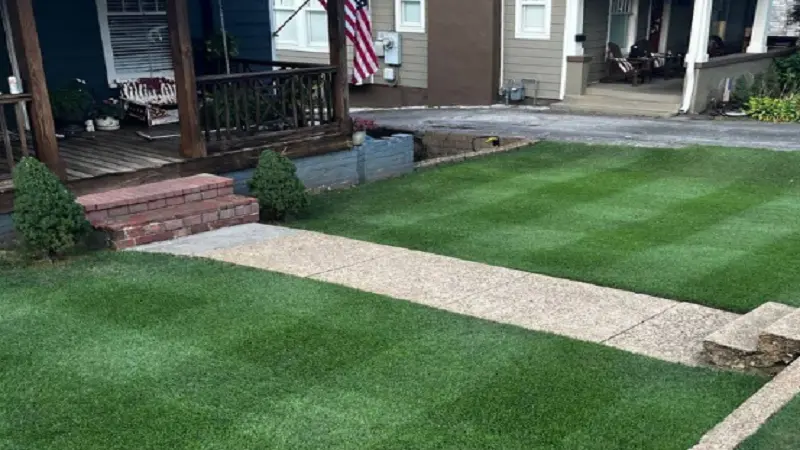Figuring out when to use herbicide can feel like a tricky balancing act. Applying it too soon harms young grass that hasn’t had time to establish properly. But holding off too long allows weeds to grow thick, stealing your turf’s water, nutrients, and sunlight.
Getting the timing right comes down to understanding things like your grass type, herbicide mode of action, and local climate patterns. Arm yourself with all the must-know timing tips so your herbicide hits at just the right moment for lush, weed-free turf all season long.
Know Optimal Growing Conditions Before Applying a Weed Killer Like Recognition Herbicide
A weed killer like Recognition herbicide works by interrupting plant growth cycles, but weeds should be actively expanding when you apply it for maximum effectiveness. Hold off until soil temperatures climb, signaling kickoff for vigorous spring and summer growing.
Time applications just before or during major flush periods when weeds put energy into maturing stems, leaves, and roots. For cool-season grasses like bluegrass or fescue, target the early fall as young winter weeds establish.
Warm-season varieties see prime weed pressure from June through August. For maximum absorption, Recognition herbicide should be applied when target weeds are actively growing, usually in cooler months during spring and fall.
Consider the Weed’s Lifecycle Stage
Ideally, spraying happens when infestations are young, around the 3-5 leaf stage. Established weeds with hardy root networks often need combination products featuring pre- and post-emergent abilities.
Spot-treating individual weeds wins over scattershot approaches covering whole lawns. Scout regularly, noting new sprouts and growth surges to discover the precise moment for precision herbicide application.
Keep Grass Age in Consideration
New seedlings lack the resilience to survive herbicide exposure, demanding four to six weeks of growth before treatment. Recently sodded, plugged, or sprigged lawns also need ample establishment time first.
Overseeding existing grass allows earlier application, around three weeks post-planting, since mature turf stays intact. Well-rooted lawns tolerate treatments better, letting you target weeds aggressively without sacrificing grass health.
Keep A Watch on the Elements
Aim to spray at least 48-72 hours before rainfall so products fully absorb instead of washing away. Avoid windy days that dissipate effectiveness and also raise drift risks. Bright, warm conditions enhance uptake, while cool, cloudy weather slows the process.
Early morning offers ideal humidity, temperature, and light environment for herbicide efficacy. If overnight frost threatens, hold off until thawed as frozen leaves block absorption.
Try a Test Patch
Still uncertain if conditions suit herbicide use? Evaluate a small section first, noting grass health and weed control over 10-14 days post-treatment. If no yellowing, dieback, or stunting occurs, move ahead confidently.
This small upfront time investment ultimately prevents large-scale mistakes. Adjust rates or products if unsatisfied with test results before revamping your whole lawn care strategy.
The Bottom Line: Herbicide Timing Matters
Following manufacturer guidelines and being mindful of timing considerations lets a weed killer like Recognition herbicide reach its potential. You just need some patience and planning to gain the upper hand against weeds. Attention to the timing factors we’ve discussed leads to a lush and healthier landscape all season long. Don’t just default to a generic spring or fall schedule.
